As we approach the “dog days” of summer, there is always a lot to enjoy on UW-Whitewater’s campus. In particular, our partnership with the Office of Continuing Education allows us to host several Campus Garden and Landscape Tours every week, sometimes even twice a week, for anyone from campus or the community to come visit and enjoy.
All tours are free and open to the public, but we ask that you register online at www.uww.edu/ce/garden or by phone at 262-472-1003. These are walking tours with low activity levels. If you need accommodations or have questions about physical access, please contact Kari Borne bornek@uww.edu or 262-472-1003.
Here is the upcoming list of campus tour dates in August, followed by some details about each tour:
Prairie and Nature Preserve
• Thursday, August 9, 6:30-8:00 PM
Campus Flower Gardens
• Thursday, August 23, 6:00-7:30 PM
• Saturday, August 25, 10:00-11:30 AM
Upham Greenhouse and Campus Vegetable Garden
• Thursday, August 16, 5:00-6:00 PM
• Thursday, August 30, 5:00-6:00 PM
Prairie and Nature Preserve
The UW-Whitewater Nature Preserve and Recreation Area is approximately 100 acres, or about 25% of our total campus land area! This area that includes tennis courts, a softball field, reservable shelters, and walking trails through the 40 acre Friar’s Woods and a significant prairie reconstruction area we’ve featured in previous blog posts at both the beginning of the season and at the very end. However, the real beauty and enjoyment of the prairie comes throughout the course of the summer months, with the prairie blooms peaking in July but offering something a little different no matter what month you visit. The first tour this month will immediately follow the Summer Concert Series, so feel free to check out that free event and register to join us for our free prairie walk. We will provide identification and some interesting facts and historic uses of about 30 prairie species and also talk about the invasive species that can often threaten a prairie habitat. This walk follows a short looping path through the original prairie reconstruction area. From this section, seeds are collected each year to distribute to other former agricultural lands in the Nature Preserve to restore this area to an ecosystem one might have found here prior to European settlement.

Campus Flower Gardens
The Campus Flower Garden tours are a crowd favorite and with good reason. The FP&M Grounds Crew assigned to the central core we visit on this tour do an excellent job planting a variety of annual and perennial flowering forbs to enjoy blooms throughout the summer, but the efforts peak in their display near the beginning of fall semester each year. We will take a short, but very meandering walk past about a dozen flower beds and landscaped areas. Members of the crew that manage this zone will join us for this tour to talk about their work first-hand and provide details on the types of flowers and specific varieties they order to ensure we have a beautiful campus that even begins to approach botanical garden quality! Additionally, staff from the Sustainability Office will provide details on the sustainable landscaping practices that allow our Grounds Crew to maintain a minimal impact on the environment and on their budget. Questions are encouraged and this tour is geared toward anyone with a casual appreciation for beauty to those hardcore plant aficionados!

Upham Greenhouse and Campus Vegetable Garden
The Campus Garden and Upham Greenhouse tour provides a behind-the-scenes look at how the Sustainability Office manages these spaces to maximize student involvement in horticulture throughout the entire year. The Campus Garden was started in 2013 as a food pantry garden by a Service Learning class focused on food security issues and how the nonprofit Growing Power addressed those issues in urban Milwaukee. While Whitewater is not overly urban, its lack of a dedicated grocery store does limit access to fresh produce grown without use of pesticides or additional packaging and processing. From this beginning, the Sustainability Office took over the garden project and grew it to be very impactful in its primary mission to donate between 1500 and 2500 pounds of produce each season. Garden staff also collect donations from the Whitewater City Market and provide additional tons of produce to the Community Food Pantry each year. Additionally, student support and involvement has expanded to reach other school and public gardens in our area and inspired the formation of the Gardening Club student organization. These operations even occur in the winter as students use space in Upham Greenhouse to conduct horticulture experiments and stay involved in plant care in the Biology Department’s specimen collections.

We hope you can join us for one or several of these tour dates. Each tour offers a unique perspective on how horticulture and land management practices on UW-Whitewater’s campus not only provide avenues for more sustainable operations, but also offer faculty, staff, students, and community members opportunities to get involved in community service and have a positive impact on our local environment and community.






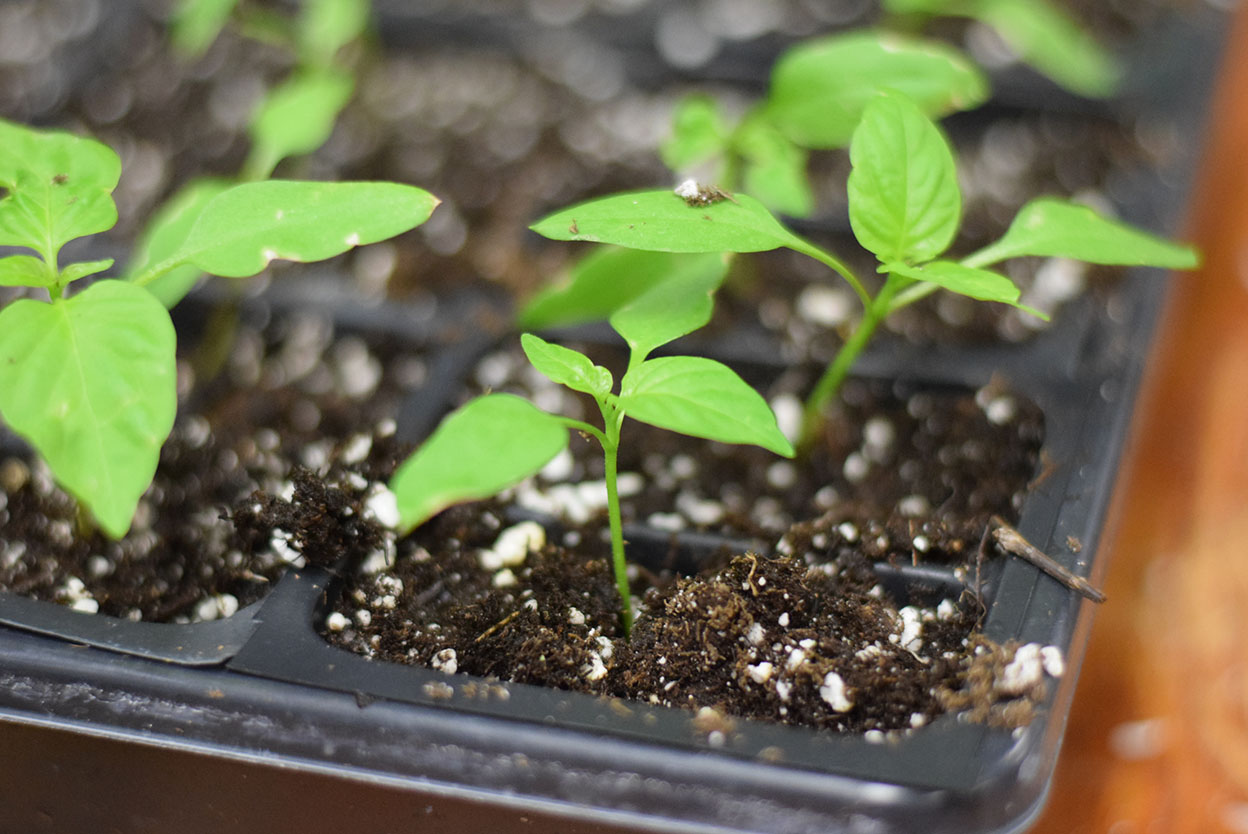
.jpg)
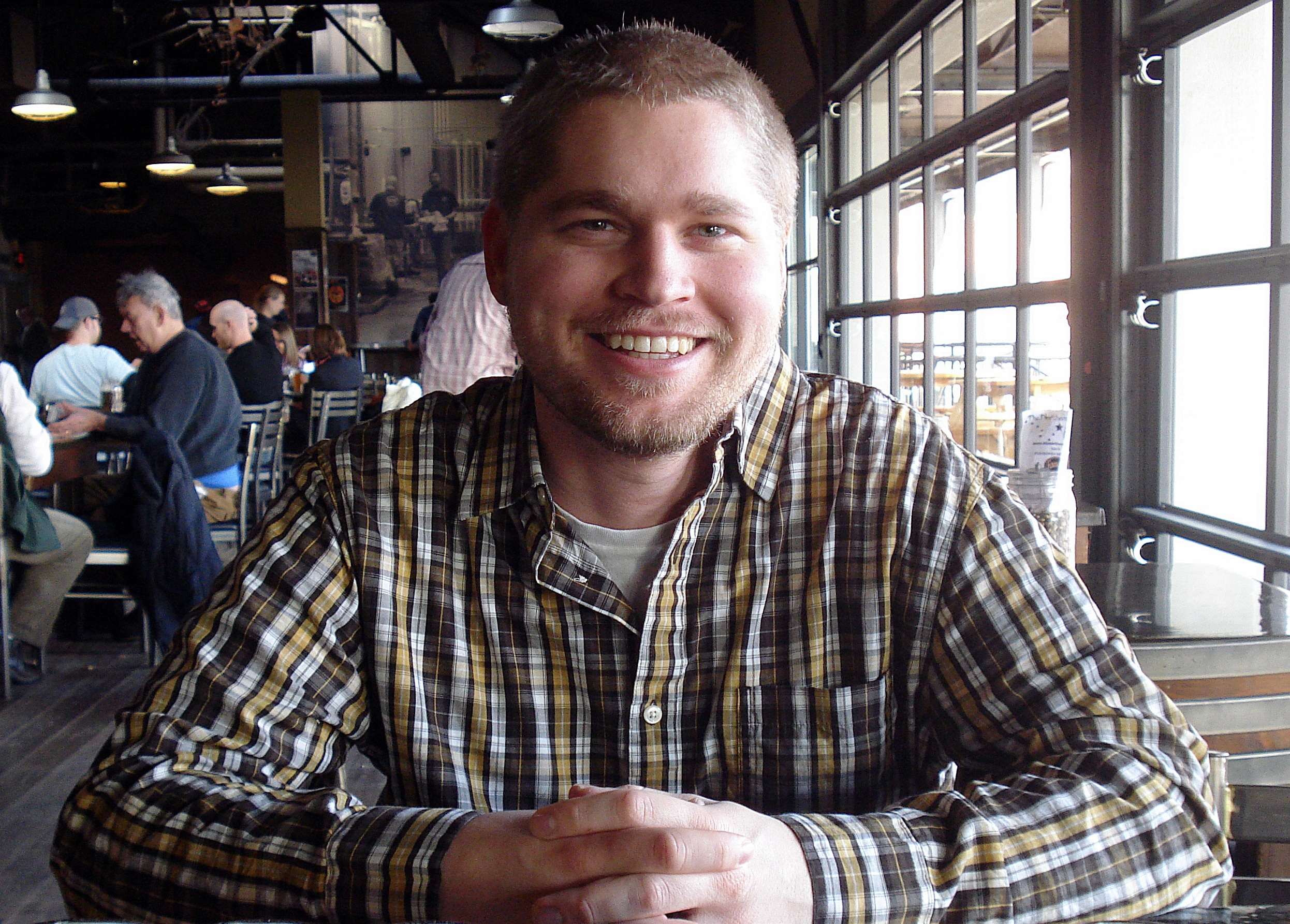







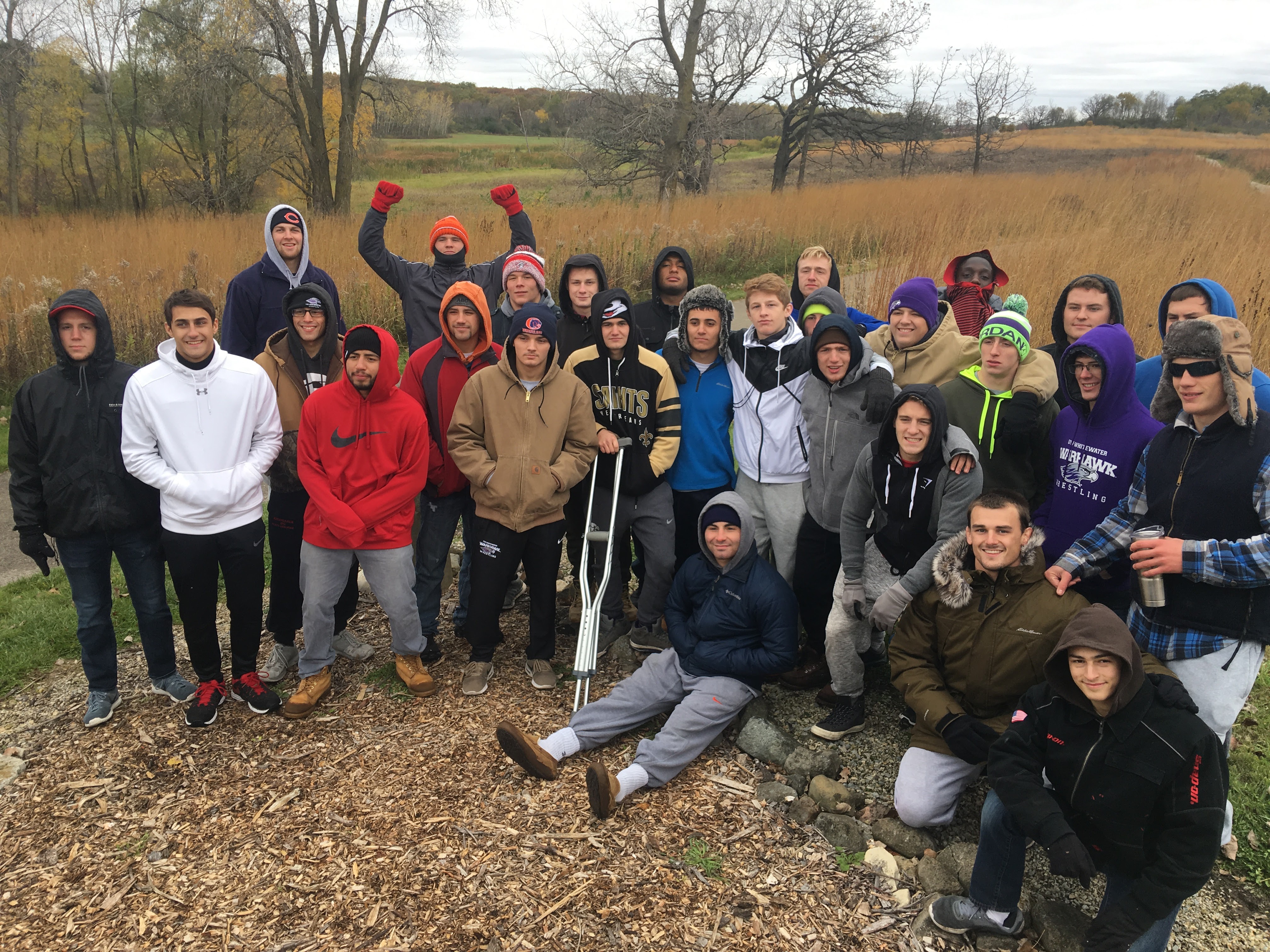
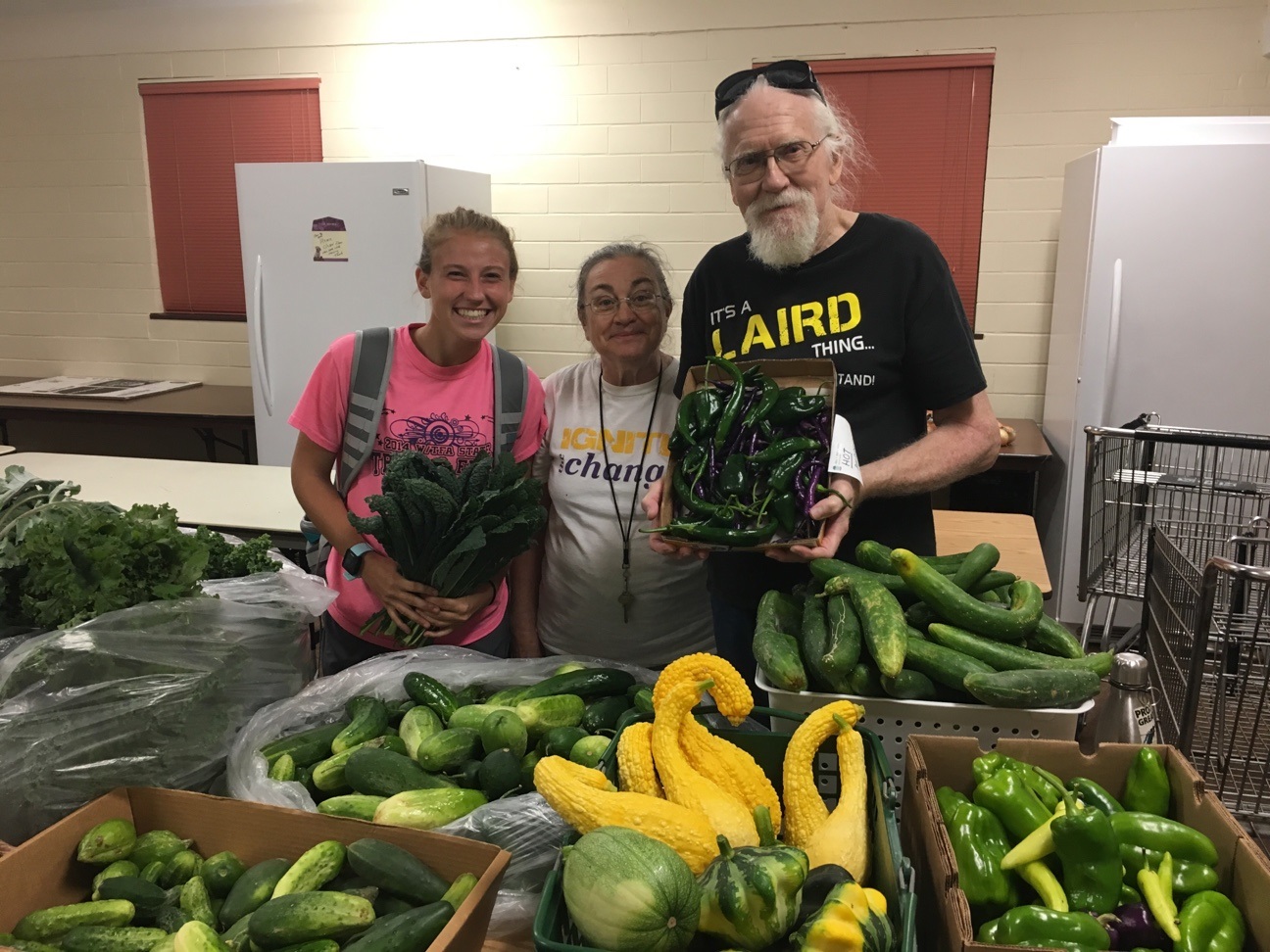
(0).jpg)
.jpg)
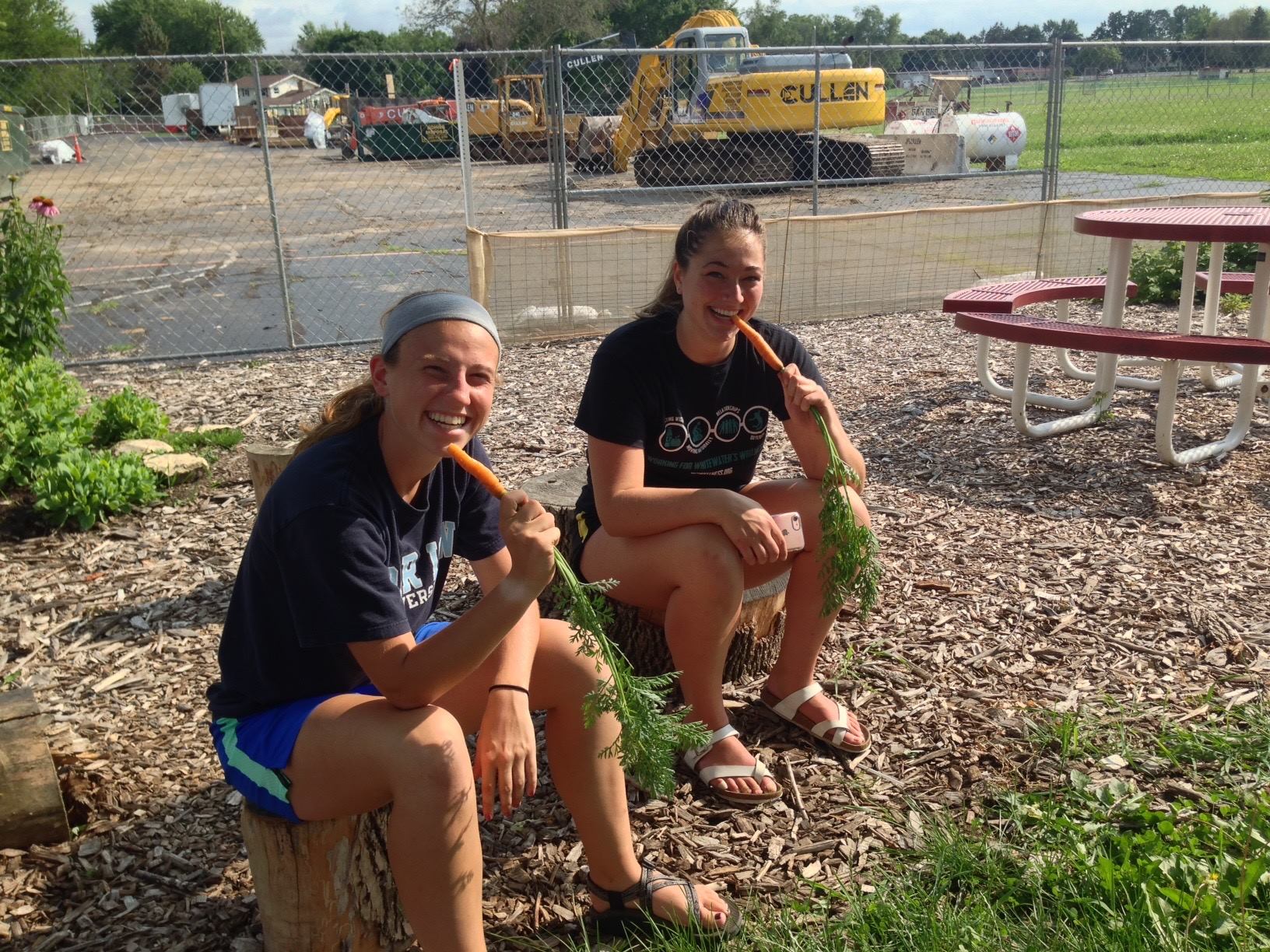


.jpg)


